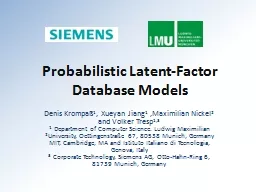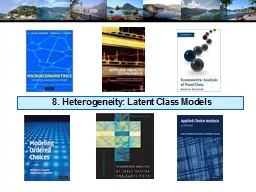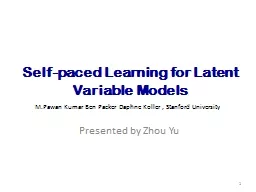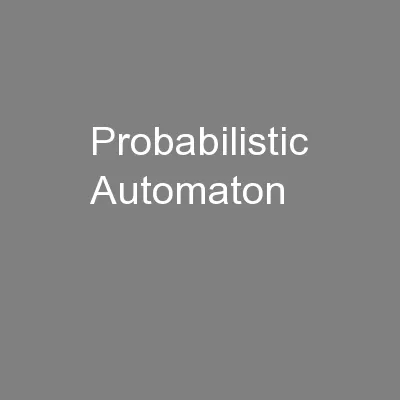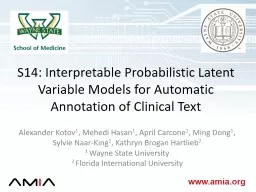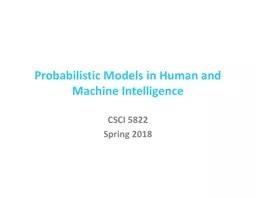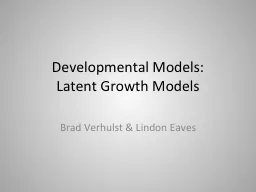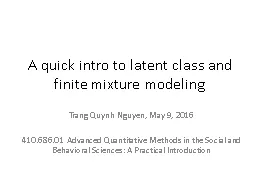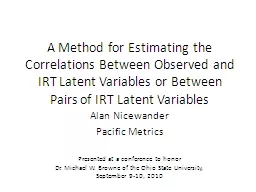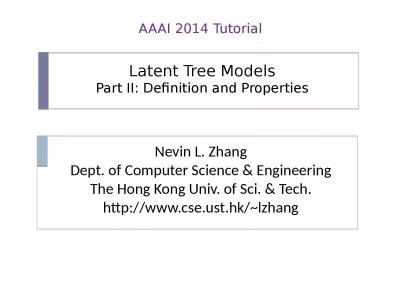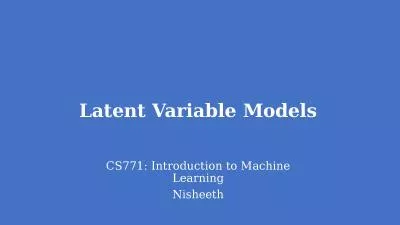PPT-Probabilistic Latent-Factor Database Models
Author : phoebe-click | Published Date : 2017-06-28
Denis Krompaß 1 Xueyan Jiang 1 Maximilian Nickel 2 and Volker Tresp 13 1 Department of Computer Science Ludwig Maximilian 2 University Oettingenstraße 67 80538
Presentation Embed Code
Download Presentation
Download Presentation The PPT/PDF document "Probabilistic Latent-Factor Database Mod..." is the property of its rightful owner. Permission is granted to download and print the materials on this website for personal, non-commercial use only, and to display it on your personal computer provided you do not modify the materials and that you retain all copyright notices contained in the materials. By downloading content from our website, you accept the terms of this agreement.
Probabilistic Latent-Factor Database Models: Transcript
Download Rules Of Document
"Probabilistic Latent-Factor Database Models"The content belongs to its owner. You may download and print it for personal use, without modification, and keep all copyright notices. By downloading, you agree to these terms.
Related Documents

